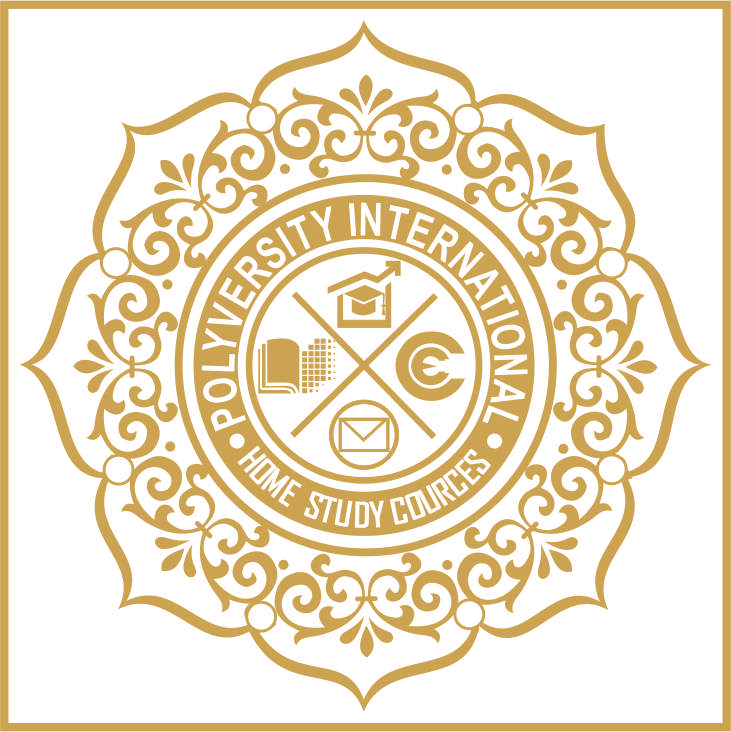
The international community has made significant strides towards lifting people out of poverty. The most vulnerable nations – the least developed countries, the landlocked developing countries and the small island developing states – continue to make inroads into poverty reduction. However, inequality still persists and large disparities remain in access to health and education services and other assets.
Additionally, while income inequality between countries may have been reduced, inequality within countries has risen. There is growing consensus that economic growth is not sufficient to reduce poverty if it is not inclusive and if it does not involve the three dimensions of sustainable development – economic, social and environmental.
To reduce inequality, policies should be universal in principle paying attention to the needs of disadvantaged and marginalized populations. (UNDP)
Facts & Figures- On average—and taking into account population size—income inequality increased by 11 per cent in developing countries between 1990 and 2010
- A significant majority of households in developing countries—more than 75 per cent of the population—are living today in societies where income is more unequally distributed than it was in the 1990s
- Evidence shows that, beyond a certain threshold, inequality harms growth and poverty reduction, the quality of relations in the public and political spheres and individuals’ sense of fulfilment and self-worth
- There is nothing inevitable about growing income inequality; several countries have managed to contain or reduce income inequality while achieving strong growth performance
- Income inequality cannot be effectively tackled unless the underlying inequality of opportunities is addressed
- In a global survey conducted by UN Development Programme, policy makers from around the world acknowledged that inequality in their countries is generally high and potentially a threat to long-term social and economic development
- Evidence from developing countries shows that children in the poorest 20 per cent of the populations are still up to three times more likely to die before their fifth birthday than children in the richest quintiles
- Social protection has been significantly extended globally, yet persons with disabilities are up to five times more likely than average to incur catastrophic health expenditures
- Despite overall declines in maternal mortality in the majority of developing countries, women in rural areas are still up to three times more likely to die while giving birth than women living in urban centres
- By 2030, eradicate extreme poverty for all people everywhere, currently measured as people living on less than $1.25 a day
- By 2030, reduce at least by half the proportion of men, women and children of all ages living in poverty in all its dimensions according to national definitions
- Implement nationally appropriate social protection systems and measures for all, including floors, and by 2030 achieve substantial coverage of the poor and the vulnerable
- By 2030, ensure that all men and women, in particular the poor and the vulnerable, have equal rights to economic resources, as well as access to basic services, ownership and control over land and other forms of property, inheritance, natural resources, appropriate new technology and financial services, including microfinance
- By 2030, build the resilience of the poor and those in vulnerable situations and reduce their exposure and vulnerability to climate-related extreme events and other economic, social and environmental shocks and disasters
- Ensure significant mobilization of resources from a variety of sources, including through enhanced development cooperation, in order to provide adequate and predictable means for developing countries, in particular least developed countries, to implement programmes and policies to end poverty in all its dimensions
- Create sound policy frameworks at the national, regional and international levels, based on pro-poor and gender-sensitive development strategies, to support accelerated investment in poverty eradication actions


